~ Photo Essay by Mike Tagg
Danie asked me to share some of my experiences in my approach and development in travel and street photography. My aim is to assist those who are keen to start and also to persuade photographers how relatively easy it is to progress and achieve the very rewarding results it can yield. Many of the shots taken in the streets can be classed as photojournalism if they tell a newsworthy story.
A lot of people feel intimidated shooting in the streets for a number of reasons. These might include being concerned about intruding on peoples’ privacy, being concerned about their physical security as well as being daunted by how difficult it might be. These concerns are natural but by using the appropriate approach are really not issues at all.
I had been shooting for years but until I started street photography my work was going nowhere. I have no artistic skills at all so fine art was a no go; wildlife requires opportunity and lots of patience and specialist equipment; landscapes were okay but my attempts at macro were a flop.
Then some years ago I got involved in a feeding scheme at the local informal settlement. I started using my camera and soon I got images with some merit. I was accepted very well by the community and then felt very comfortable in wandering around with my camera even late afternoon when the light was suitable. This is what got me going. It was very rewarding and suddenly my work started to take on a new dimension.
What I find so exciting is that when you set off you can never be sure what you are going to see. There will always be surprises. After a shoot I cannot wait to get back and see the results which will also have their surprises.
The picture of the three boys was shot in the settlement and it was this picture that really got me very interested.. They had just emerged from a shop and were fooling around. The other was taken in a street after very heavy rains.
HOW TO GET STARTED
I suggest that you start in a place where you feel comfortable. It could be a park or a flea market. Start there and when you feel comfortable move into the streets but first choose a location where there are no threats. Smaller towns are often easier to start in than a run-down part of a city. Go in pairs or a small group because as soon as you get beyond four it becomes a problem as subjects get alerted and you tend to get in the way of your fellow togs.
Informal settlements are great but need to be carefully chosen. Again, it is easier to be accepted in smaller towns. Certainly, some are no go areas. I found one in Cullinan which I can recommend visiting for those in or around Pretoria. I stopped while driving past and looked at some people selling various goods on the side of the road. From there I walked in and got chatting to some residents who showed me around. I ended up buying a round of Hansa quarts in the local shebeen-I got some very interesting pics. I felt absolutely safe with these kind and generous people. You will be surprised how quickly your confidence will grow.
EQUIPMENT
The first rule is to travel with the minimum amount of gear. This is for mobility and you do not want to appear intimidating by carrying a large back pack full of gear.
I use a DSLR and my favourite lens is a 24-10; in addition, I take a 70-300. There is the odd occasion where I have used a wide angle but using it requires experience and a very particular type of situation. The key is to have a lens or lenses that you can use without needing to get too close. Certainly when starting this is the way to go. An ideal lens would be something like an 18-135 or an 18-200 or even a 70-300. If you carry only one lens this avoids the hassle of changing lenses which might mean losing a shot. There are also situations where using a small pocket camera is more appropriate.
Often the light might be poor but I very quickly learnt that a flash is a big NO NO. This can be guaranteed to get subjects running for cover. Besides, the pics will simply be lousy.
Make sure to take a spare battery and a spare storage card. In a good location with lots of action, you could easily shoot up to a thousand pics in one full day. Remember that the more you shoot the greater the chance of getting that special image.
Remember to continually check your settings. You might have gone into a dark area and then forget to change when the light is much brighter. This could mean shooting in bright light at a much higher ISO than necessary.
PHOTOGRAPHY AND THE LAW
One is permitted to take images in public areas. However, you should respect the privacy of people so err on the side of caution. In some countries, it is illegal to take pictures of places such as military installations. Be cautious of taking a photograph of illegal activities where there is a chance of being noticed. In Paris years ago I had to run and hide in a department store. I had taken pictures of a group of dodgy looking men who in hindsight might well have been drug dealers.
INTERACTING WITH SUBJECTS
You can shoot without the subject being aware of you which is the best approach to get that entirely natural shot. The alternative is to find an interesting subject or subjects. If more than one they tend to be more relaxed. Chat to them and tell them what you are doing and why. If they are agreeable take a few and then ask them to carry on with what they were doing; you will get more natural looking shots. Depending on the circumstances show them your efforts. This works really well with kids but the danger is you may well be flooded with requests. Like “take my picture” with each kid trying to grab the headlines. Go along with it and you will get some good ones. Kids will pose and do so very naturally.
There will be times when you are trying to steal a shot but will be noticed. I then pretend to be shooting nearby subjects at random and then, when they turn back to what they were doing I can get the shot I want. People will relax when they get the feeling you are not after just them.
In talking to your subjects ask them about their lives and show interest in what they are doing. You will be very surprised how people will warm to you. Find a subject of common interest and share your interests. It is all about interacting with people. If you are spotted after you have taken a shot give a friendly nod or go and talk to the person telling them what you are doing. Always express your heart felt gratitude after getting your pictures.
The next issue is what sorts of subjects to capture. Kids are great to start with particularly in poorer areas and in informal settlements. The surroundings are different to the norm and thus add interest. Old people are my other favourite subjects. Try to capture their very lined faces that tell a story.
When going out on a shoot dress in a low key manner so as not to draw attention to yourself. Pitching up in bright clothes wearing a cowboy hat and a camera around your neck would be like having a flashing neon light attached to you. It might be a crowd puller but will make getting totally unposed shots more than a little problematic.
Another important point to bear in mind is to look around you before you start shooting in a particular location. I cannot stress this enough. Then you need to plan what sort of shots you are after. It might be a group of women chatting or a stall where people are selling things. It might also be a special spot like a street corner where people are appearing at regular intervals. Now you are ready to start. Well almost because there is one other factor you need to think about and that is the background and the light. Often you will have no control over these but by moving around you will at least find the best spot from which to shoot. Try to minimise BG clutter so that your subject stands out. That is unless you are capturing a broader scene.
Now I would not be surprised if you closed this blog down and moved onto something else. You will probably feel overloaded with things you have to remember. Well, do not switch off-or as the TV people say “Don’t Go Away”.!! You will certainly forget a lot of things initially. I did it all the time as it is so difficult when getting caught up in the excitement of a shoot to forget most things. But when you review your pics you will recognize your mistakes. In time most of these tips will become second nature.
Finally women tend to have a big advantage as they are seen to be non-threatening and people are much more inclined to open up easily. Might I be bold enough to say that they often are better than their male counterparts. Being two metres tall and built like a lock forward tends to make people a little wary. You might even be mistaken for an undercover cop.
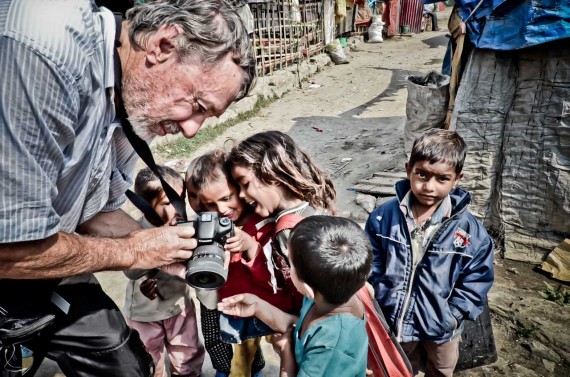
PICTURE STYLES
There are basically two types of shot that I tend to focus on. One is the portrait type image which is mostly just of a single individual. In it, you try to capture the character of the person. I find that older people with lined faces come out very well as do shots of kids. The unposed ones in particular in which a certain emotion appears have lots of appeal. I always like to try and make the eyes a feature in the image. They convey so much. In doing so you should as always focus on an eye. A good image needs to have one as sharp as can be. I tend to crop very closely. This does not at all mean that these types of shot need to be closely cropped. It is simply a style that I have almost sub-consciously developed, almost to being a fault.
The other type of street shot shows a person or several people in the pic engaged in an activity and in the context of their environment. But it is important that one of these people is clearly the main subject or the pic simply loses impact. I find this type of shot more difficult to capture and is the area I need to work on.
Often you will have the luxury of taking many shots of a particular subject. Take lots of time. On other occasions, the opportunity will last only seconds and you have to be very quick. Shoot at as high a frame rate as you can to ensure getting the best action, sharpness and all the other attributes that make a good picture.
So in essence what I try to capture is the nature and character of the people of the land not only as individuals but also how they interact with their environment.
DISCUSSION OF EXAMPLE IMAGES
I find it easier now to discuss a number of my shots to try and show by example what I have been trying to say. I hope you will follow this part much more easily than the ramble above.
So let me start firstly with images captured in Nepal and India during my trip two years ago. At that stage, I did not have much experience in this genre but I had read a lot and had studied as many pictures as I could. This is an excellent way to learn. I studied most pictures by the legendary Henri Cartier-Bresson who is recognised as the pioneer of this type of photography. I tied up with an American photographer who helped me mostly with how to observe and then interact with people. I must add that in Kathmandu where I started the trip it took me at least 3 days and probably more than 1000 pics before I got one really decent image.
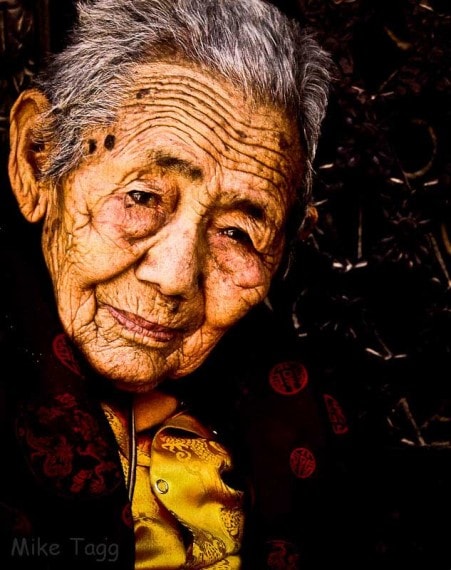
This was taken at a religious festival in a temple complex in Kathmandu. I had seen this woman and she was appearing to bless people. The background was great and the light good. The trick was to wait for an appropriate pose but she became aware of me. I watched and took several pics and then moved elsewhere-I did this several times and then approached her for a blessing which I got. Then I started shooting again and she ignored my presence. This is an example of a portrait which shows an interesting face without saying anything about what she was doing nor where she was.
Once you have found an interesting subject be prepared to take many images. Walk away and check your pics. Often you will then realise what would work better so keep going back. Be prepared to spend half an hour when you find a subject like this. Study the scene and your subject’s behaviour. I cannot emphasise this enough. You have found a great subject so make sure you get the great shot.
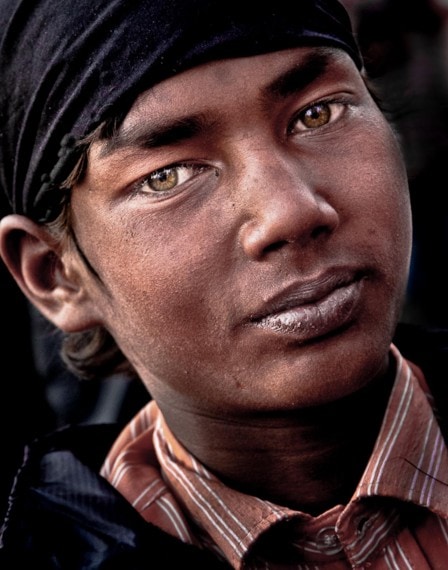
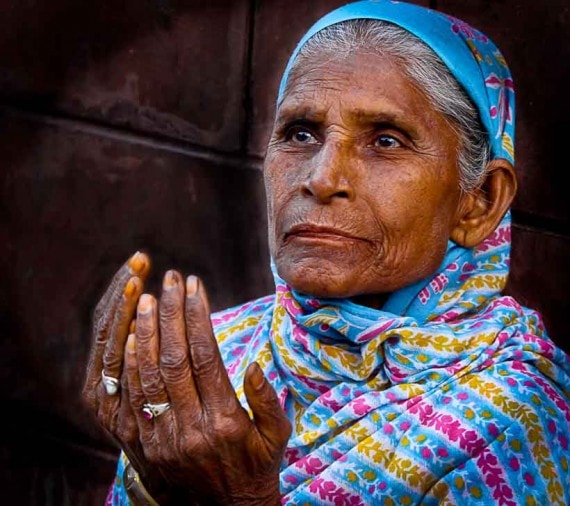
I spotted this woman from a distance, appearing to pray at the largest Muslim temple in Old Delhi. I just waited for her to move into a spot where the light was good and with an uncluttered BG. I took this with my telephoto lens. This is another close up portrait attempting to show the character of the face but also showing her active in prayer. It would have been much better had I managed to get the mosque in the background.
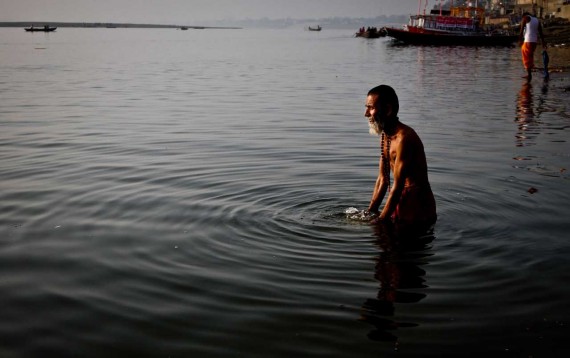
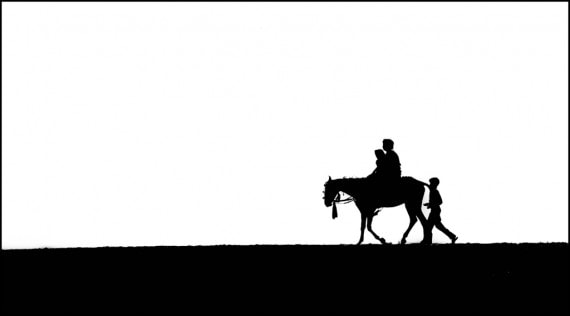
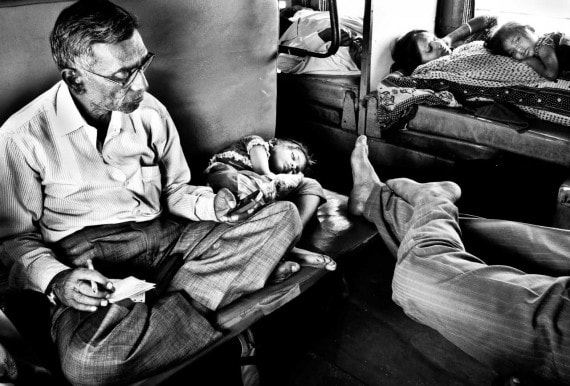
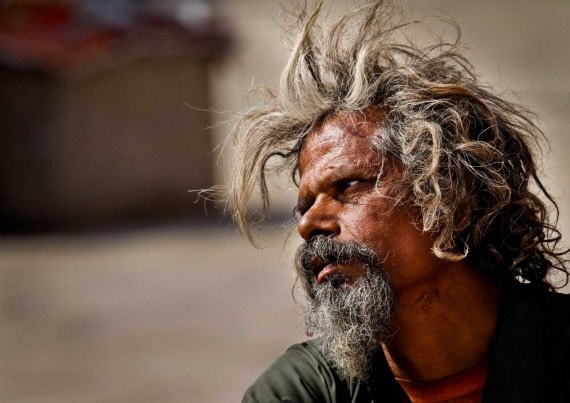
As a matter of rule, I avoid taking shots where the individual would be offended.
I should add that I tend to shoot wide open to get as much of a blurred Background as possible and also to get a faster shutter speed, particularly with the longer lens. I am a bit neurotic in getting sharp pics, especially where eyes are involved.
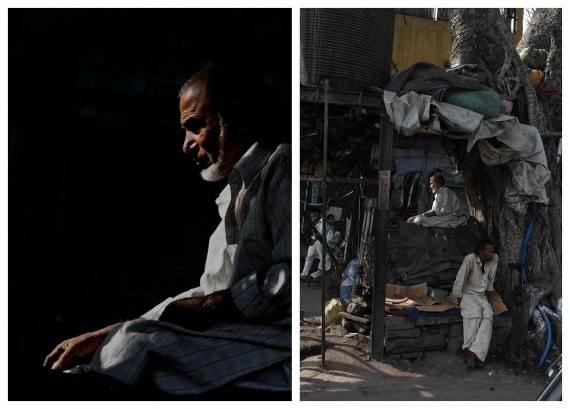
While on the subject of editing; I use Lightroom on every image I consider worthwhile. The above shows how much of a difference an edit can make. I should add that most edits take only a few minutes where I adjust the various sliders that affect the light, contrast, saturation and clarity. LR is as much a part of producing an image as the camera and lens themselves.
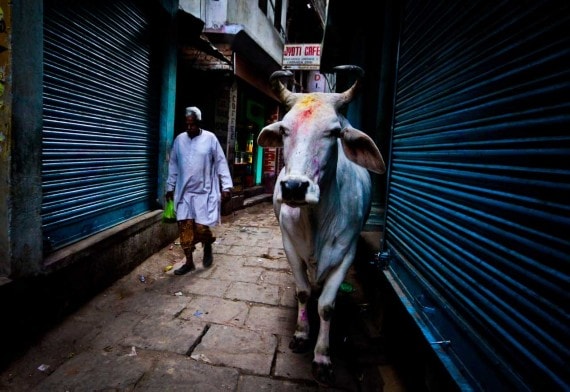
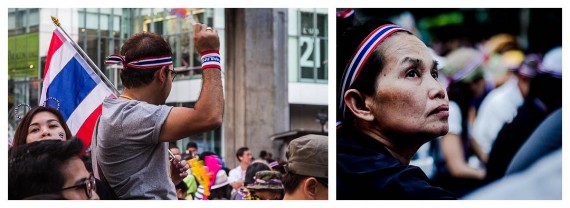
These images also fit into the genre of photojournalism.
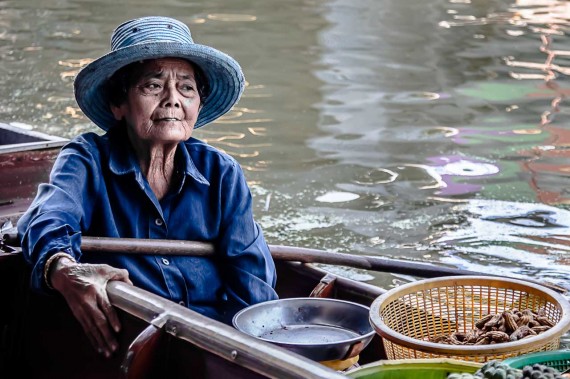
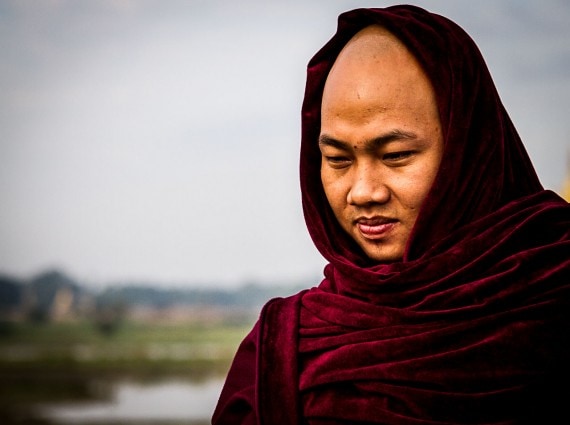
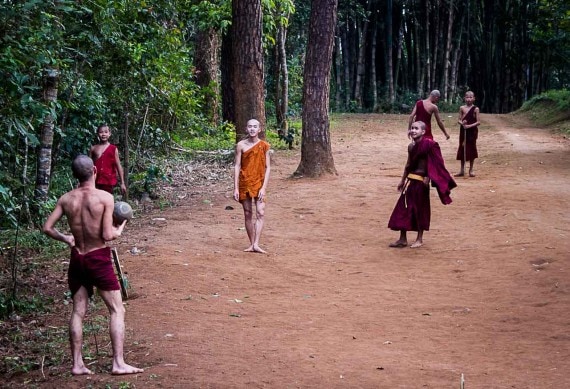
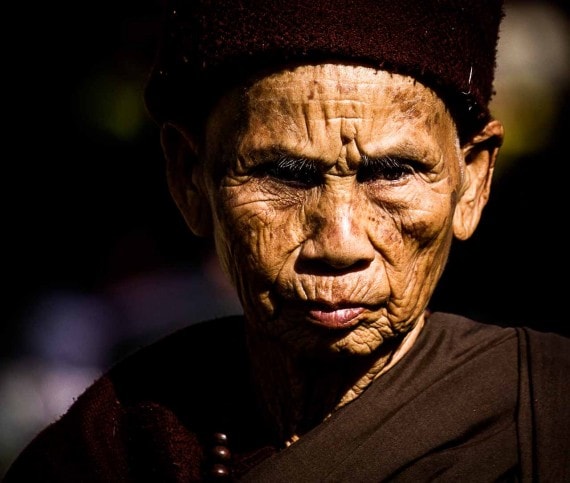
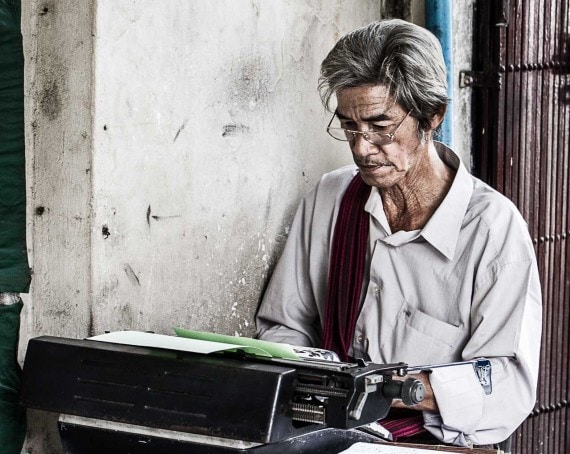
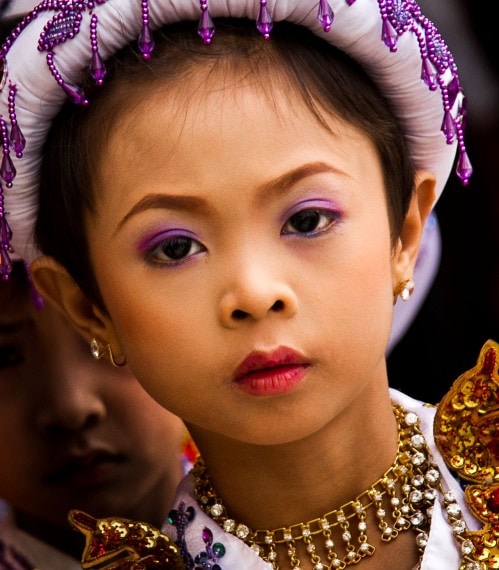
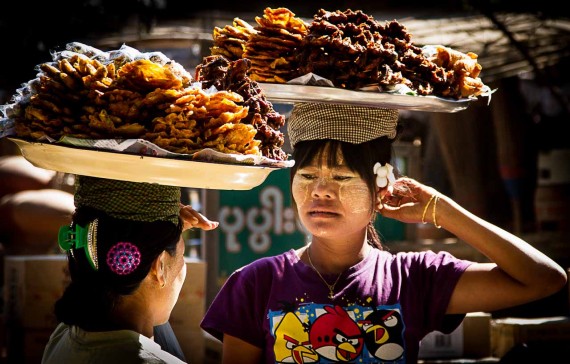
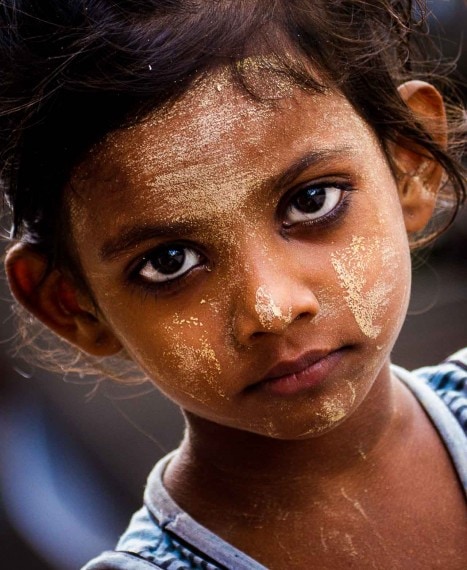
SUMMARY
For those of you who have made it to the end, I would hope that this article has maybe sparked an interest in this genre. I assure you that given the right location and some experience and patience, you will start to capture these sorts of images. There will be many disappointments in the beginning but then nothing that is worthwhile comes easily otherwise the world would be full of good photographers.
I realise that time is often a problem and there are many competing priorities. Set aside some time even if for only half an hour in the streets close to you. Another good way is to deliberately when on holiday, take these types of shots among the others you like to take. With guidance and enthusiasm, you will get there. With all of the talent among the members of PhotoCritic, there will be many successes.
PS-SOME NOTES ON NEPAL, INDIA AND MYANMAR
It is very inexpensive to travel around the first two. On our trek up to Annapurna Base Camp, the all in cost was around R200 per day including one porter. Basic comfortable hotels are around $15-25 and even less in Nepal. I even stayed in several costing around $6 in India. However, I can very strongly advise spending more than this. Transport and food are very cheap.
The same is true for Myanmar but the exception is the cost of hotels. They are now relatively expensive compared to say Thailand or Vietnam. The demand is growing rapidly as the country is moving away from a corrupt military dictatorship and is now attracting a vastly growing number of tourists.
Mike Tagg
About Mike Tagg
Mike lives in the beautiful Western Cape, South Africa



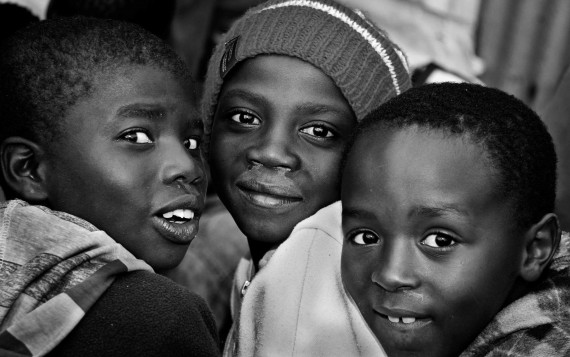
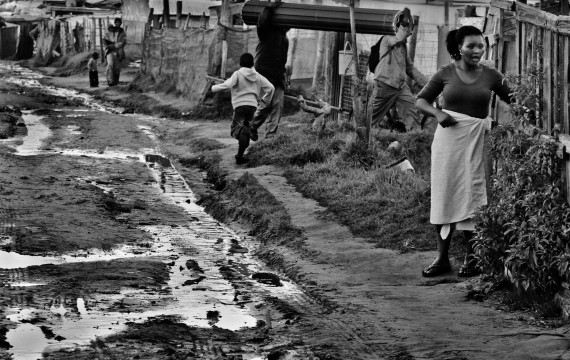
Thanks you for sharing this interesting blog with us Mike!
Thanks Mike what a fabulous read and as always looking at your images are captivating magic. Thanks for sharing with us.